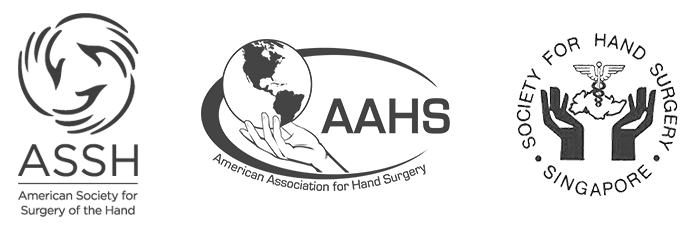Starting point of Microsurgery
Microsurgery is a general term for surgery requiring an operating microscope. The most obvious developments have been procedures developed to allow anastomosis of successively smaller blood vessels and nerves (typically 1 mm in diameter) which have allowed transfer of tissue from one part of the body to another (transplantation) and re-attachment of severed parts (replantation).
The advances in the techniques and technology that popularised microsurgery began in the early 1960s. The first microvascular surgery, using a microscope to aid in the repair of blood vessels, was described by vascular surgeon, Julius H. Jacobson II, of the University of Vermont in 1960. Using an operating microscope, he performed coupling of vessels as small as 1.4 mm and coined the term “microsurgery.” Hand surgeons Kleinert and Kasdan performed the first revascularisation of a partial digital amputation in 1963.
Nakayama, a Japanese cardiothoracic surgeon, reported the first true series of microsurgical free-tissue transfers using vascularised intestinal segments to the neck for esophageal reconstruction after cancer resections using 3-4 mm vessels.
Development of Microsurgery
Harry J. Buncke in the operating room
Contemporary reconstructive microsurgery was introduced by an American plastic surgeon, Dr. Harry J. Buncke. In 1964, Buncke reported a rabbit ear replantation, famously using a garage as a lab/operating theatre and home-made instruments. This was the first report of successfully using blood vessels 1 millimeter in size. In 1966, Buncke used microsurgery to transplant a primate's great toe to its hand.
During the late sixties and early 1970s, plastic surgeons ushered in many new microsurgical innovations that were previously unimaginable. The first human microsurgical transplantation of the great toe (big toe) to thumb was performed in April 1968 by Mr. John Cobbett, in England. In Australia work by Dr. Ian Taylor saw new techniques developed to reconstruct head and neck cancer defects with living bone from the hip or the fibula.
These many advances, now commonplace, developed in tandem with the development of the Zeiss Operating microscope, fine micro-instruments, and fine suture materials.
Dr. Jonathan Lee Yi-Liang and Microsurgery
Dr. Lee performing microsurgery to fix Carpal Tunnel Syndrome in Singapore.
After his graduation from Trinity College Dublin in Medicine and Surgery in 1995 and from NUS in Masters of Medicine specialising in Surgery in, Dr. Lee underwent specialist training in Hand, Wrist and Microsurgical Reconstruction at both Singapore General Hospital and National University Hospital, Singapore. He was on the staff of the Department of hand Surgery, SGH between 2001 to 2007.

















